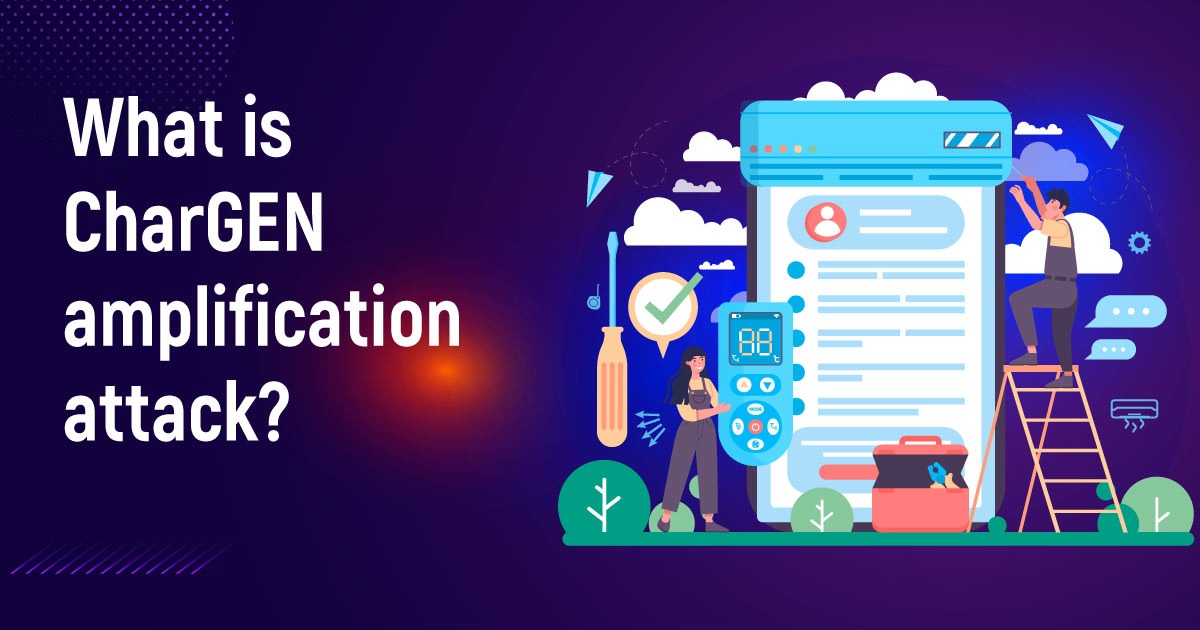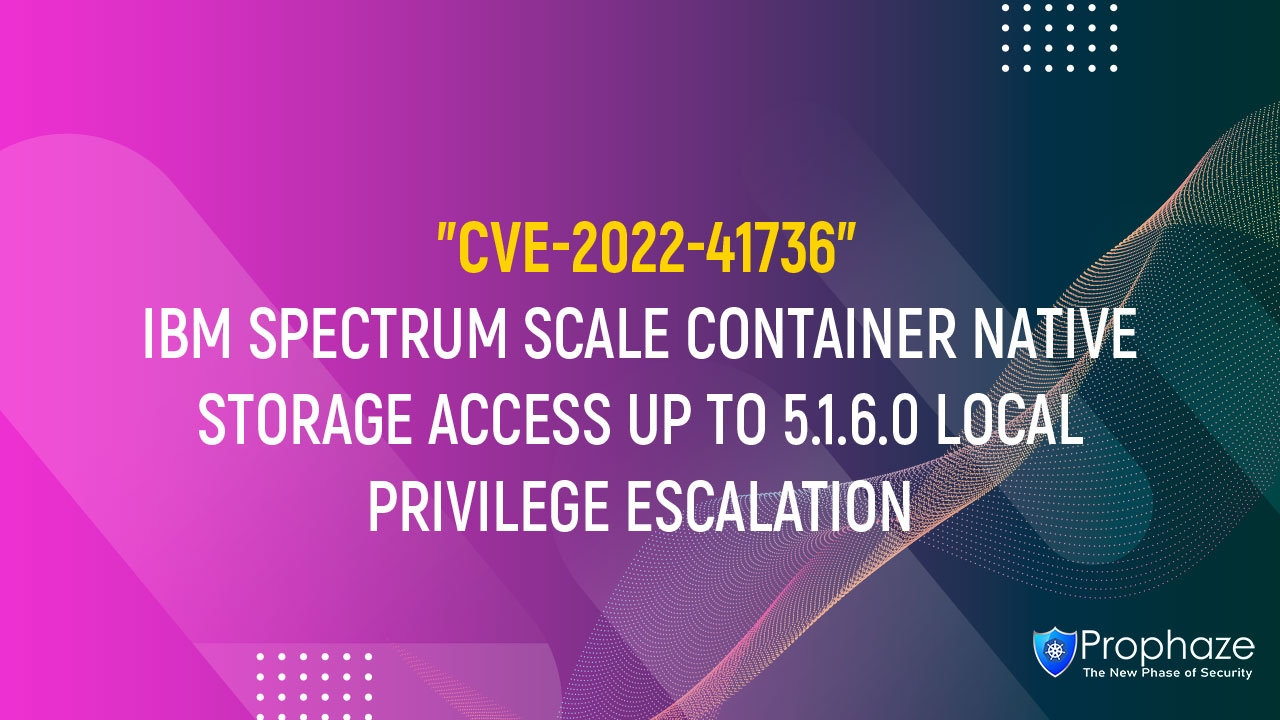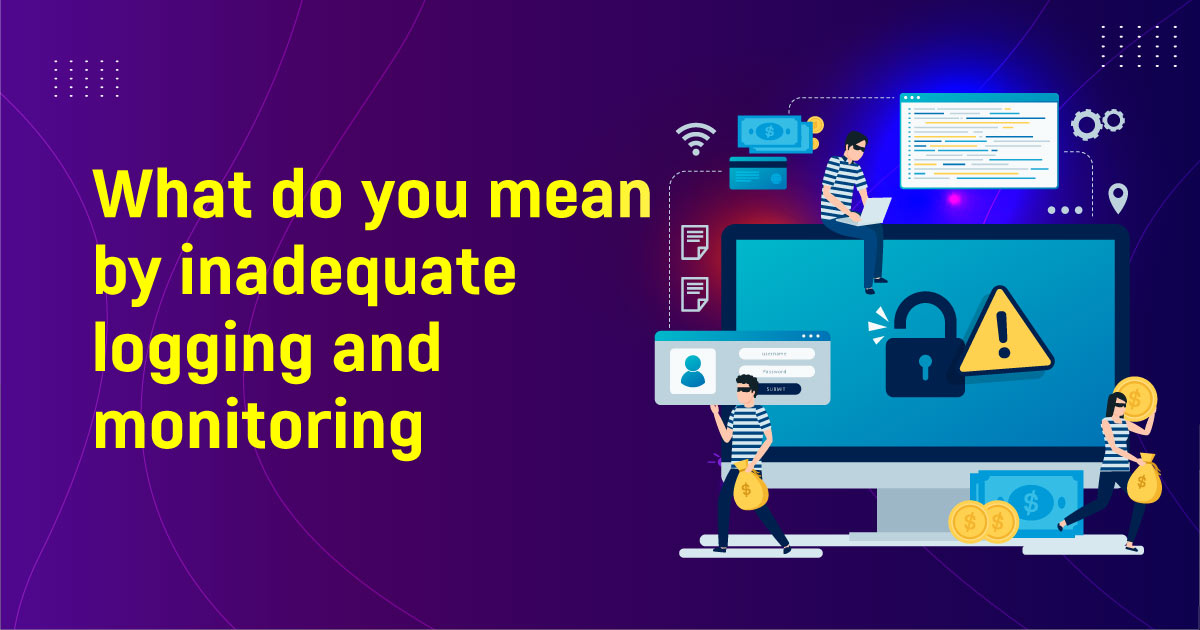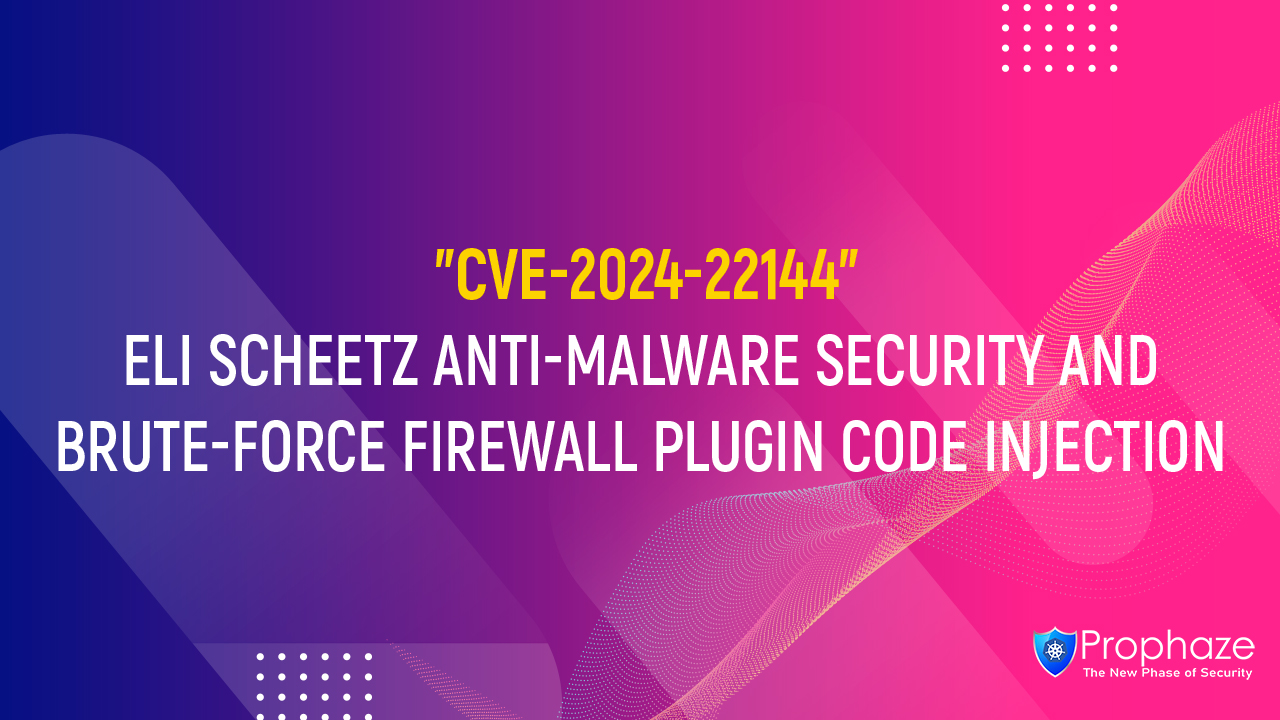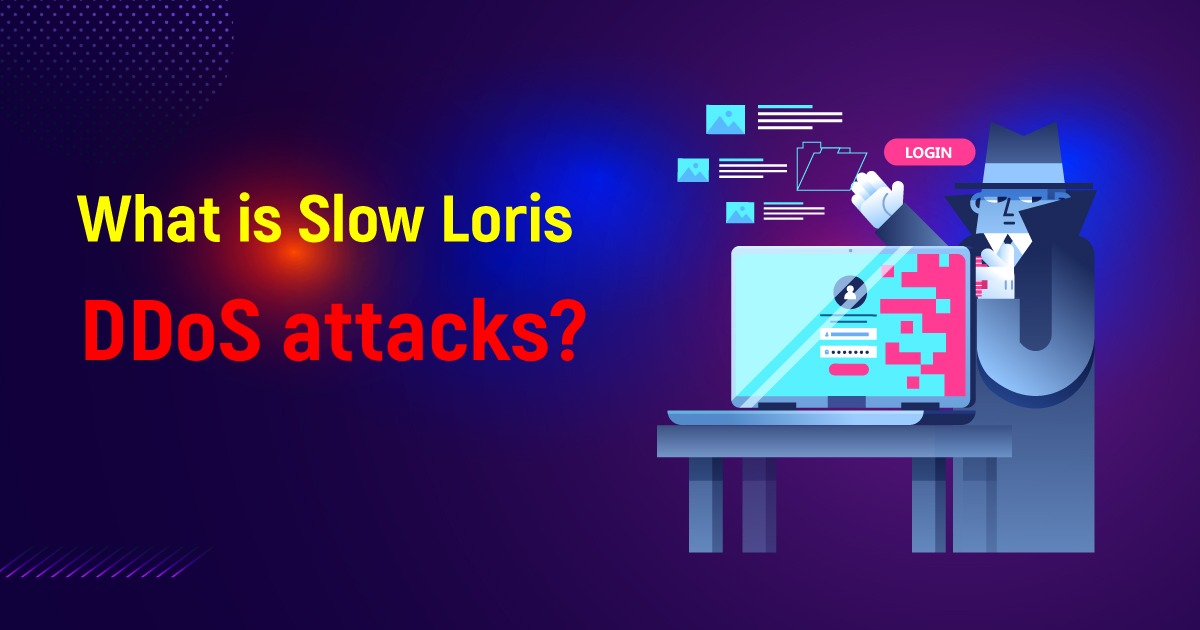The Character Generator (CharGEN) protocol was originally designed for testing and debugging purposes. It allows a client to request a server to generate and send a stream of characters. However, this simple and innocent-sounding protocol has been exploited by cybercriminals for nefarious purposes.
Amplifier attacks leverage the characteristics of certain protocols, like CharGEN, to amplify the volume of traffic directed towards a victim’s system. The attackers send a small request to a CharGEN server, which responds with a much larger response. This amplifier effect allows the attacker to flood the target system with a significantly higher volume of data, overwhelming its resources.
How does a CharGEN Amplifier work?
When an attacker initiates a CharGEN amplifier attack, they forge the source IP address to appear as the victim’s IP address. The attacker sends a CharGEN request to multiple servers, each generating a large response that is directed towards the victim’s IP. As a result, the victim’s system is bombarded with an overwhelming amount of traffic, leading to performance degradation or even a complete system shutdown.
Risks and Impacts of such attacks
CharGEN amplifier attacks pose significant risks to targeted systems and networks. Some of the potential consequences include:
Network Congestion:
The excessive amount of traffic generated during an attack can congest the victim’s network, causing service disruptions and making it difficult for legitimate users to access resources.
Denial of Service (DoS):
A successful CharGEN amplifier attack can overload the victim’s system, leading to a complete denial of service. This can result in significant financial losses, reputation damage, and customer dissatisfaction.
Masking of the Attacker:
By spoofing the victim’s IP address, the attacker can hide their true identity, making it challenging to trace back the source of the attack. This further complicates the mitigation efforts.
Mitigation strategies to prevent CharGEN Amplifier Attacks

To protect against CharGEN amplifier attacks, organizations can implement several preventive measures:
Firewall Configuration:
Configure firewalls to block all unnecessary incoming UDP traffic, especially from external sources. Restrict access to CharGEN servers to trusted entities only.
Traffic Monitoring:
Implement network traffic monitoring and anomaly detection systems to identify unusual traffic patterns, enabling timely response and mitigation.
Source IP Validation:
Validate the source IP addresses of incoming CharGEN requests to ensure they originate from trusted sources. Employ techniques like IP reputation lists to identify potential attackers.
Rate Limiting:
Implement rate-limiting mechanisms to restrict the number of responses generated by CharGEN servers, preventing them from being exploited for amplifier attacks.
Conclusion
CharGEN amplifier attacks pose a significant threat to the security and stability of networks and systems. It is essential for organizations to be aware of this vulnerability and implement appropriate safeguards. By understanding the workings of the CharGEN amplifier, recognizing the risks involved, and adopting effective mitigation strategies, we can enhance our cybersecurity defenses and mitigate the impact of this emerging threat.


